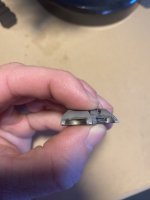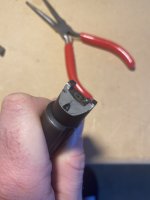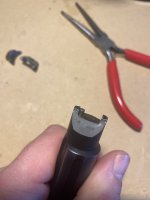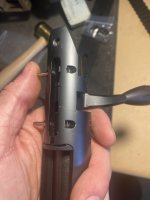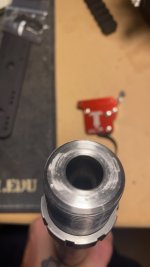Neither did I, nor did I ever mention that. Get your reading comprehension fixed.I didn't say he should replace the bolt head and carry on.
I said that is how you would measure the headspace, the results would be relatively certain.
Most of time it seems like you don't know much more than your average Joe, but express wild assumptions and troll bullshit with impressive bravado.
Replacing the broken bolt head and measuring headspace will tell you FUCKING NOTHING about what the headspace was when the action failed. Why can't you grasp that? Whatever you think you will learn with that is a waste of time because it's irrelevant to the failure investigation.
I've either done or lead dozens of returned product failure investigations. How about you?
You're Dunning-Kruger at its finest.


